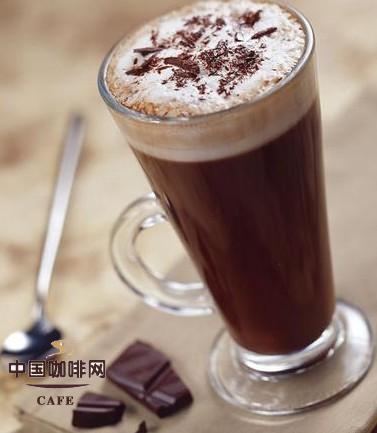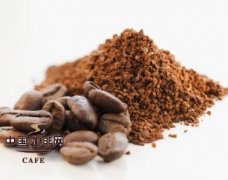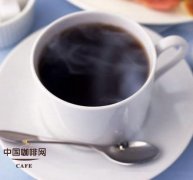The relationship between Coffee and Chocolate

From the beginning of the 18th century, chocolate, another kind of black drink, became popular between the court and the aristocracy. In A Tale of two cities, Dickens depicts aristocrats drinking chocolate as follows: "the first attendant will hold the chocolate jar in front of the sacred adult; the second attendant will use the special gadgets he brings to grind the chocolate into foam; the third attendant provides the napkin that the adult likes; the fourth pours the chocolate juice. The reduction of one attendant will inevitably hurt the dignity of your excellency, which is praised by the heavens. It would be a great shame on his family's shield and emblem to serve him with only three people. "
In many ways, chocolate is like a reflection of the old beverage ideology. Chocolate has no awakening effect and does not bring spiritual pleasure to people. on the contrary, until the end of the 18th century, there was a popular view that chocolate had an aphrodisiac effect. As Dickens wrote in A Tale of two cities, aristocrats must be served when drinking chocolate, usually lying down or sitting very relaxed in a chair, in contrast to the "sitting state of work" implied by coffee. Although it is a breakfast drink, coffee means the beginning of a busy day, while chocolate represents another day of enjoyment. The drink habits of the two writers may prove the class difference implied by the drink: Goethe, a secret adviser to the Duchy of Weimar, hates coffee and prefers chocolate, while Balzac, a civilian writer, has become the most famous coffee addict in the history of literature. However, this way of life of the aristocracy had to decline with the process of civil society, and the invention of solid chocolate and chocolate powder greatly reduced the cost of chocolate, making it a drink as easy as coffee-but without exciting functions. Finally, because of its rich nutrition, chocolate is classified as children's food / drink in the field of beverage, while coffee strengthens its position in the beverage world day after day, from Europe to America, Asia and even back to Africa. In today's world, everyone needs to be refreshed, whether it's work or pleasure, and everyone needs good taste.
Important Notice :
前街咖啡 FrontStreet Coffee has moved to new addredd:
FrontStreet Coffee Address: 315,Donghua East Road,GuangZhou
Tel:020 38364473
- Prev

The residual value of coffee grounds using extracted coffee powder
I always like to make my own coffee, but always throw the remaining coffee powder after brewing and extraction into the dustbin. Recently, the economic situation is not good, Xiao Ke is also trying to wonder if coffee powder can also have some surplus value for me to extract. After I have tried many things, I have summed up the following major functions: 1. Remove odor function. This will dry the boiled coffee powder in the sun and install it.
- Next

A healthy life of drinking coffee is coffee good for your health?
Some people try to prove the medical legitimacy of coffee, while others do the opposite, citing coffee as a footnote to their theory. In the early 17th century, the four-body fluid theory inherited from ancient Greece still played a leading role in the medical field. this theory holds that natural matter is composed of air, water, fire and earth, with four properties: hot, dry, wet and cold. It is inferred to medicine that the human body is related to
Related
- Beginners will see the "Coffee pull flower" guide!
- What is the difference between ice blog purified milk and ordinary milk coffee?
- Why is the Philippines the largest producer of crops in Liberia?
- For coffee extraction, should the fine powder be retained?
- How does extracted espresso fill pressed powder? How much strength does it take to press the powder?
- How to make jasmine cold extract coffee? Is the jasmine + latte good?
- Will this little toy really make the coffee taste better? How does Lily Drip affect coffee extraction?
- Will the action of slapping the filter cup also affect coffee extraction?
- What's the difference between powder-to-water ratio and powder-to-liquid ratio?
- What is the Ethiopian local species? What does it have to do with Heirloom native species?

